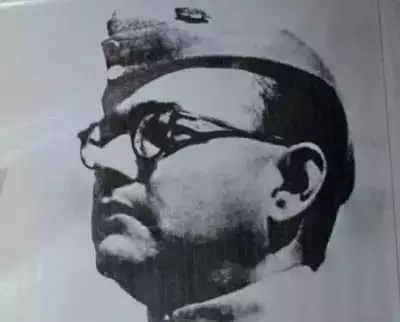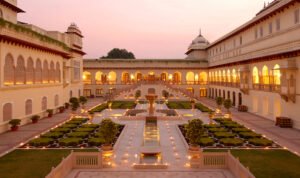While Mahatma Gandhi stood for non-violence, Subhas Chandra Bose represented another powerful voice in India’s fight for independence — one that believed freedom should be taken, not begged for. Known affectionately as Netaji (Respected Leader), Bose was a bold visionary, a charismatic leader, and a symbol of courage, sacrifice, and determination.
Early Life and Rise
Subhas Chandra Bose was born on January 23, 1897, in Cuttack, Odisha, into a well-educated and respected Bengali family. Brilliant and driven, he ranked fourth in the Indian Civil Services examination in England but refused to serve under British rule — a decision that marked the beginning of his intense journey toward India’s liberation.
Bose was deeply influenced by Swami Vivekananda’s philosophy and India’s spiritual heritage, but he was also passionate about political action and had no patience for slow progress. He joined the Indian National Congress and quickly rose through the ranks, becoming President of the party twice — in 1938 and 1939.
A Clash of Ideologies
Though Bose admired Mahatma Gandhi’s commitment and moral leadership, he disagreed with Gandhi’s approach of non-violence. He believed that the British would never voluntarily give up control and that armed struggle was necessary. This difference in ideology led to tensions within the Congress Party, and ultimately, Bose resigned.
But he didn’t give up. Instead, he chose a different path — one that would take him beyond India’s borders in his relentless pursuit of freedom.
Escape and the Formation of the INA
In 1941, while under house arrest by the British, Bose made a daring escape from India disguised as a Pathan. His journey took him across Afghanistan and the Soviet Union to Nazi Germany, where he sought international support to fight the British. Later, he moved to Japanese-occupied Southeast Asia, where he restructured the Indian National Army (INA) with the famous slogan:
“Give me blood, and I will give you freedom!”
The INA was formed from Indian prisoners of war and expatriates, and it aimed to liberate India through military means. Bose also established the Azad Hind Government (Provisional Government of Free India) in exile and declared war against the British.
The March Towards Freedom
Under Bose’s leadership, the INA fought bravely alongside the Japanese in battles in Burma (Myanmar) and northeastern India. Though militarily unsuccessful due to lack of resources and Japan’s declining position in World War II, the INA’s bravery inspired a wave of patriotism back home.
More importantly, Bose’s fiery spirit and sacrifices deeply stirred Indian hearts, especially the youth and Indian soldiers, some of whom later revolted against the British — a moment considered pivotal in weakening British hold over India.
Mysterious Death and Immortal Legacy
Subhas Chandra Bose was reportedly killed in a plane crash in Taiwan in August 1945, but the mystery surrounding his death continues to spark debates and conspiracy theories. Some believe he lived on in secrecy; others hold onto hopes that the truth will someday be revealed.
Why Subhas Chandra Bose Still Inspires
Netaji may not have lived to see India’s independence, but his influence was undeniable. His belief in self-reliance, discipline, and fearless patriotism carved out a unique place in India’s freedom movement. He showed that fighting for independence didn’t have to be one-dimensional — and that every form of resistance mattered.
Today, Bose is remembered not just for his bravery, but for challenging the impossible. Statues, memorials, and even the naming of Netaji Subhas Chandra Bose International Airport in Kolkata reflect the nation’s deep respect for him.
“Freedom is not given — it is taken.”
– Subhas Chandra Bose









